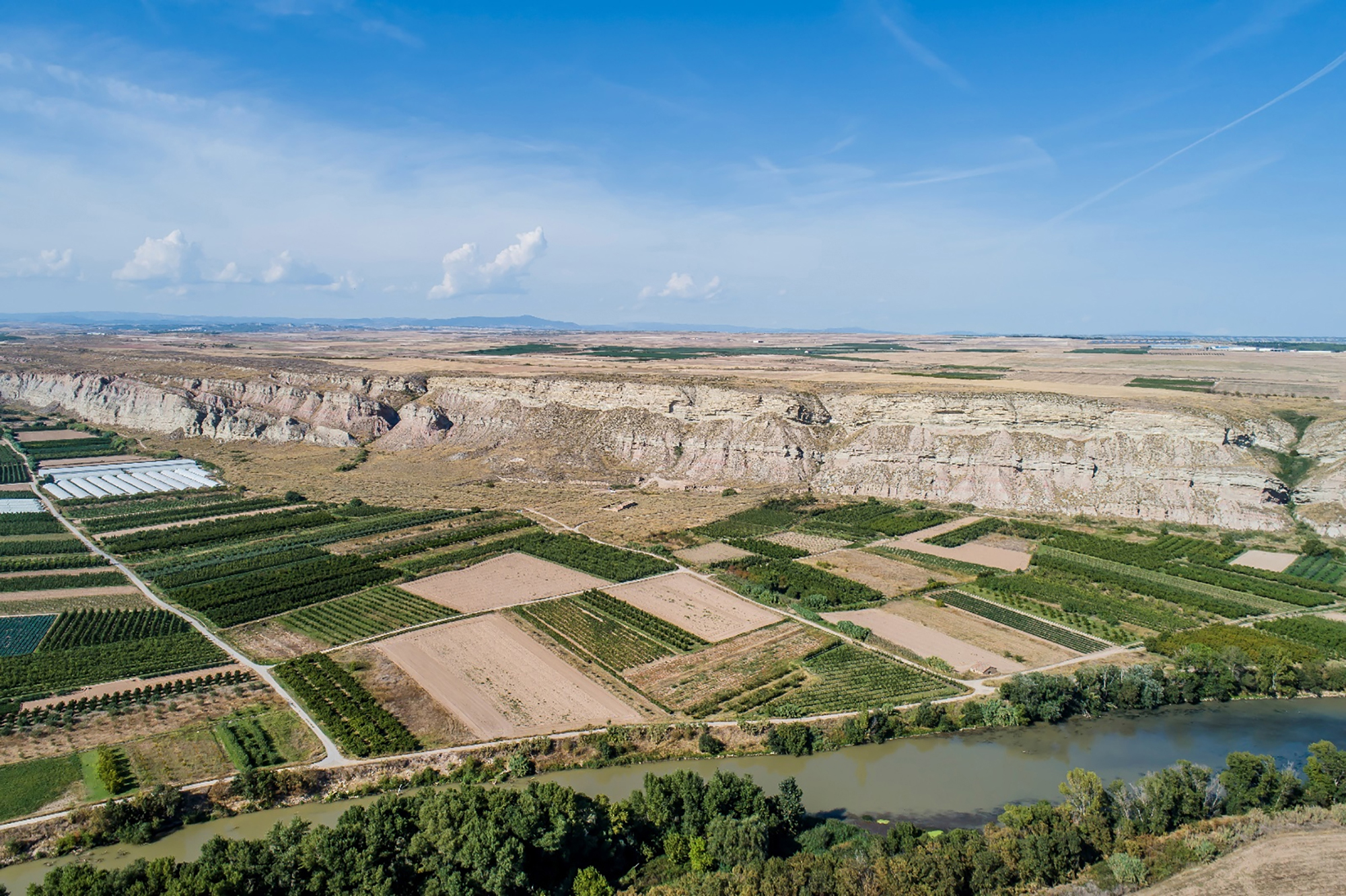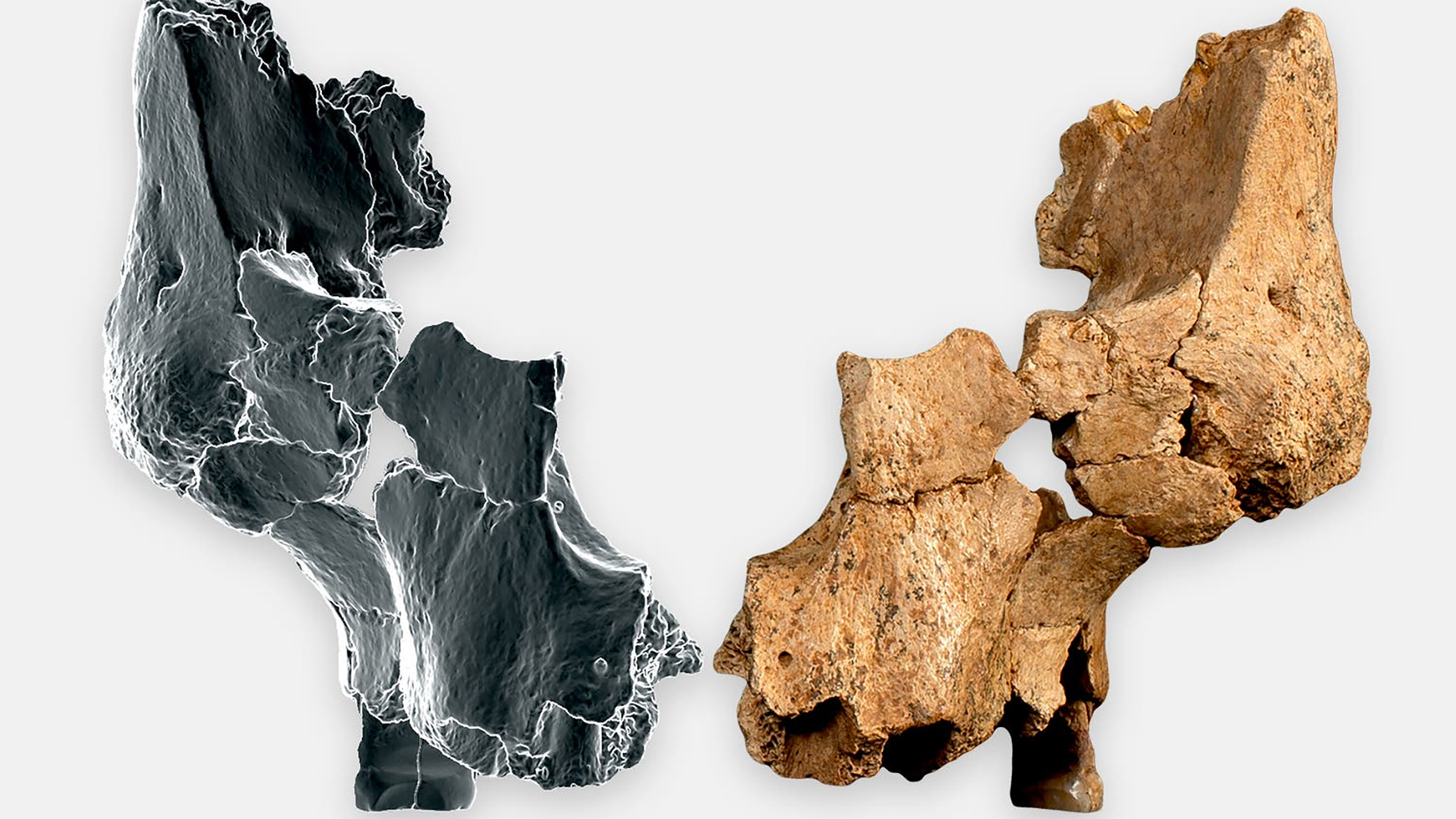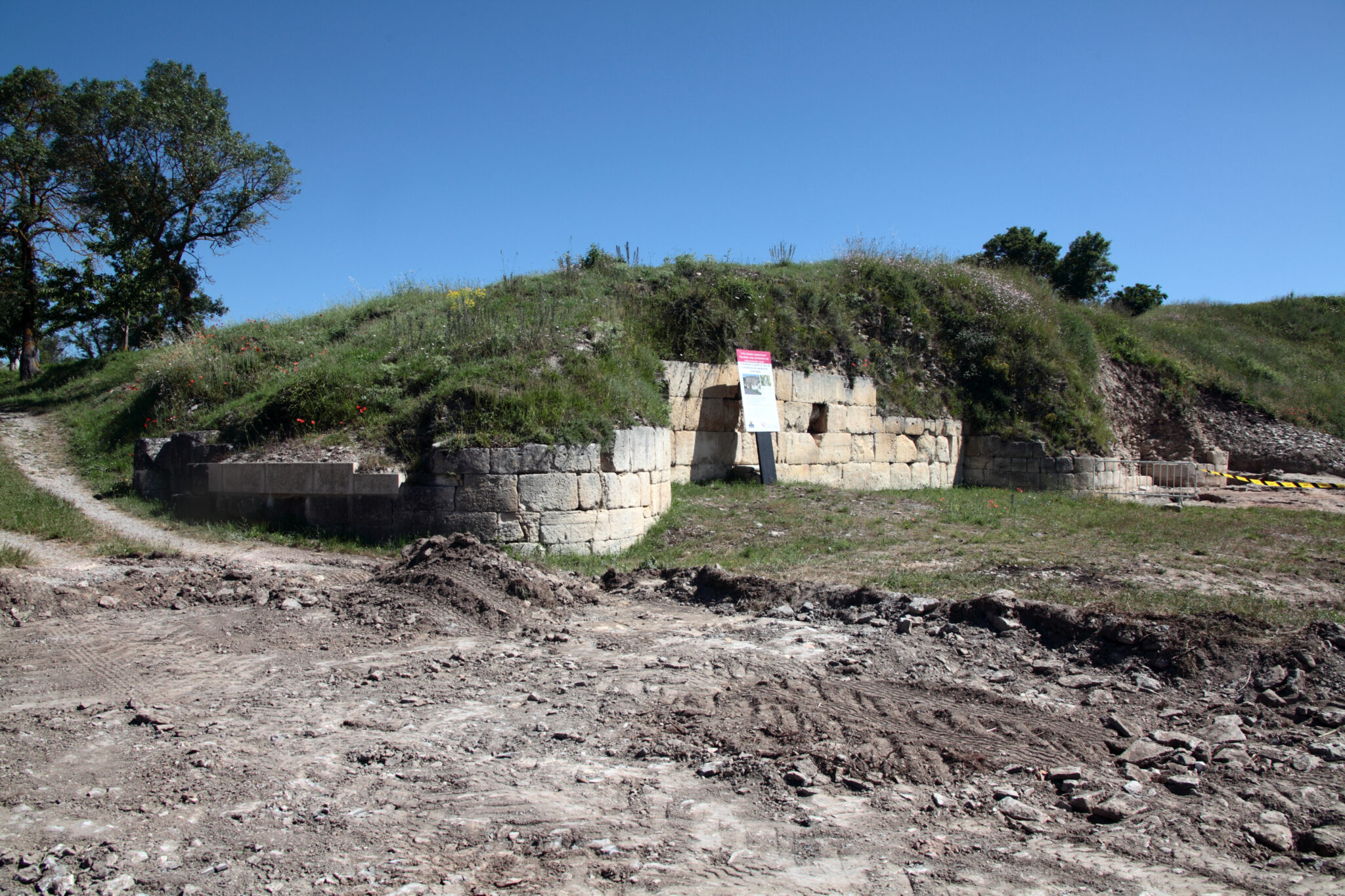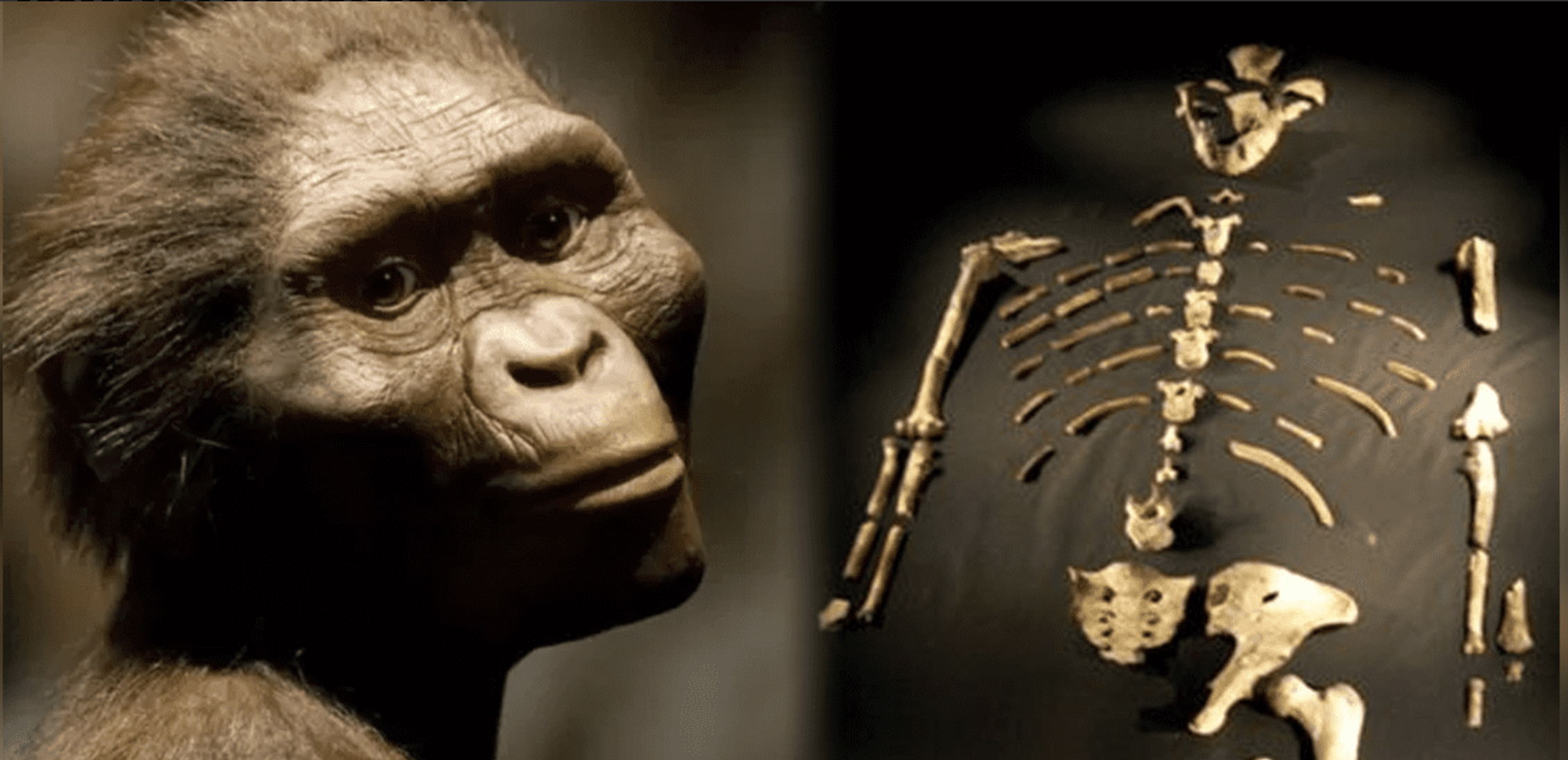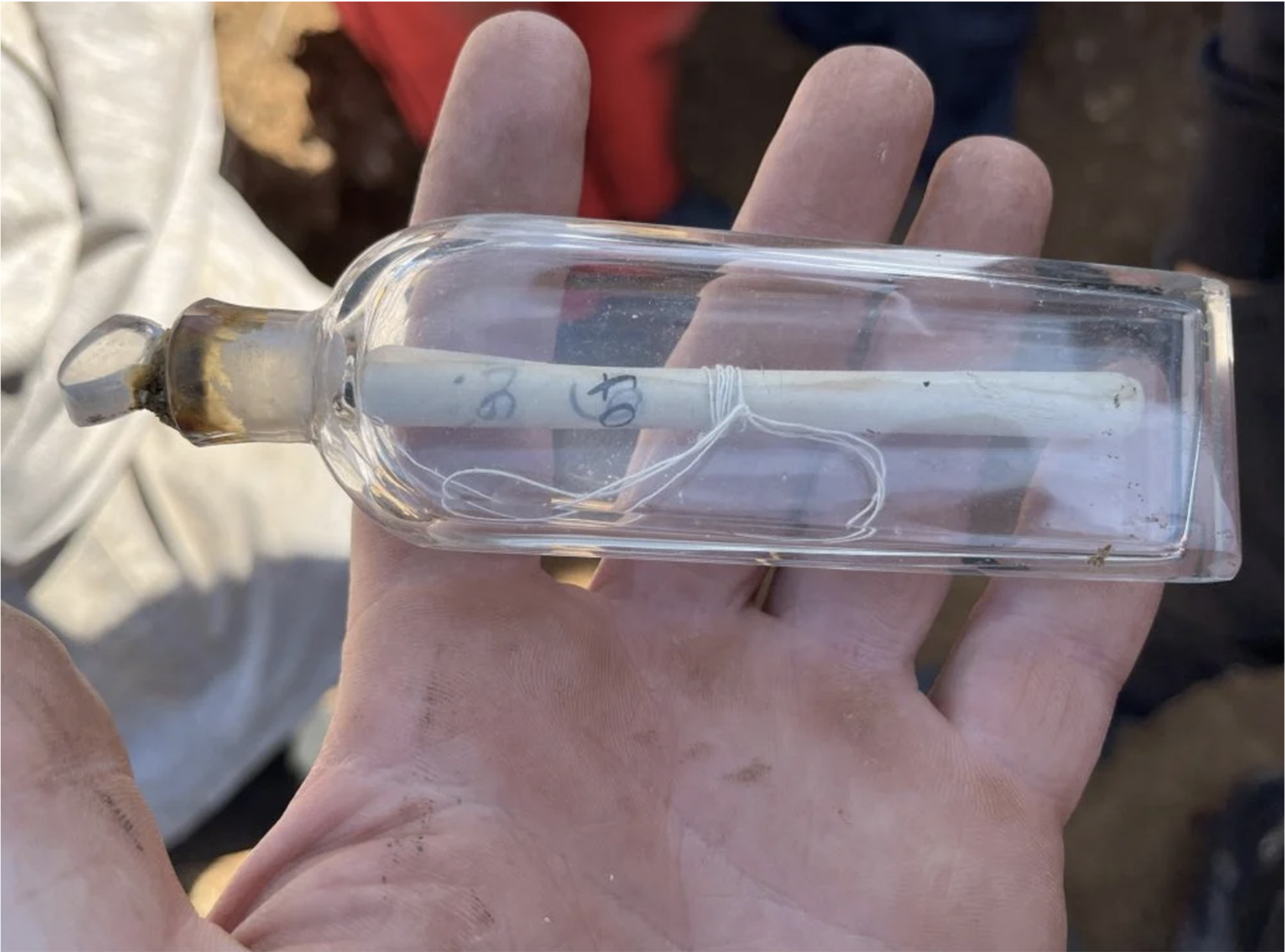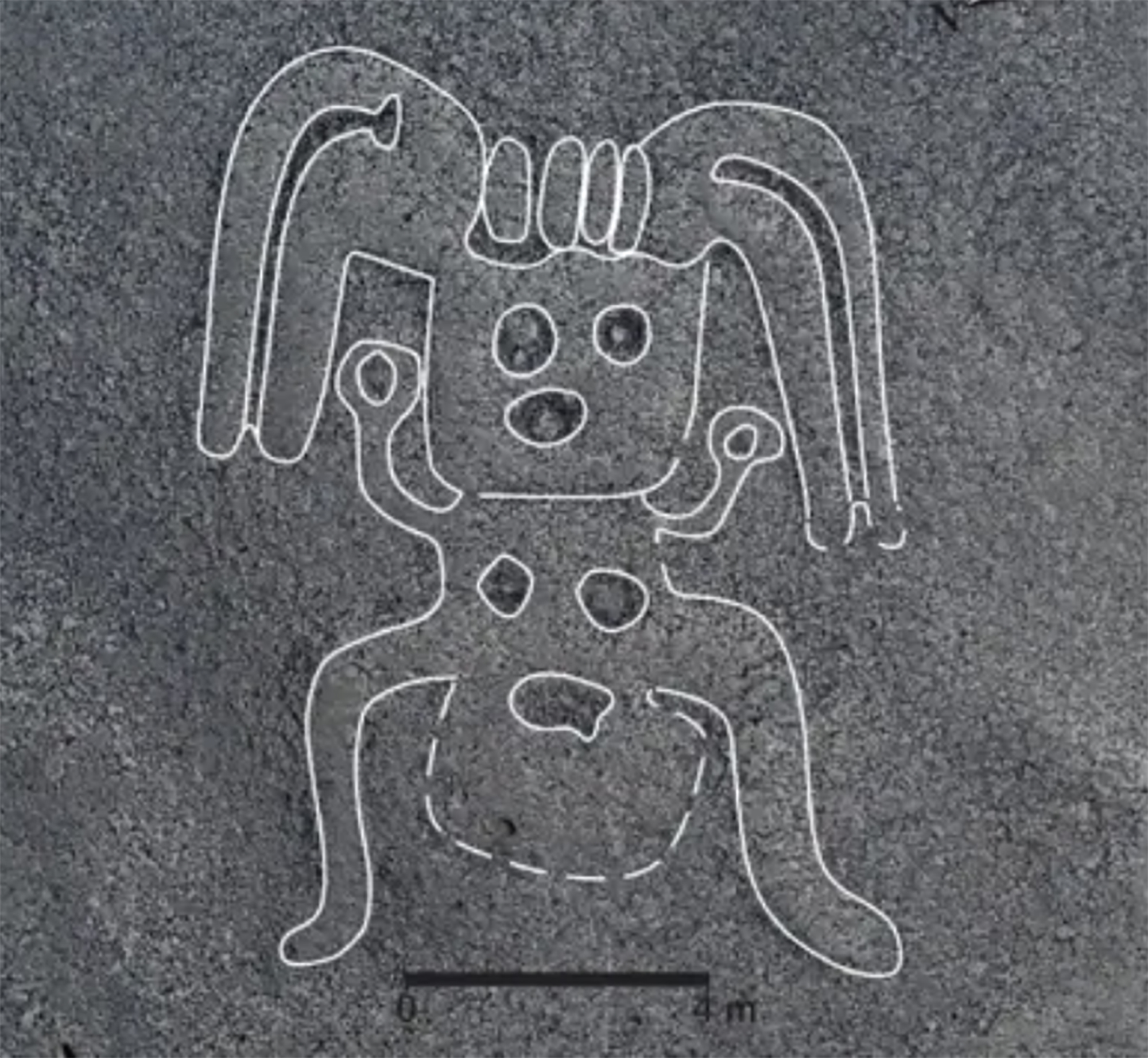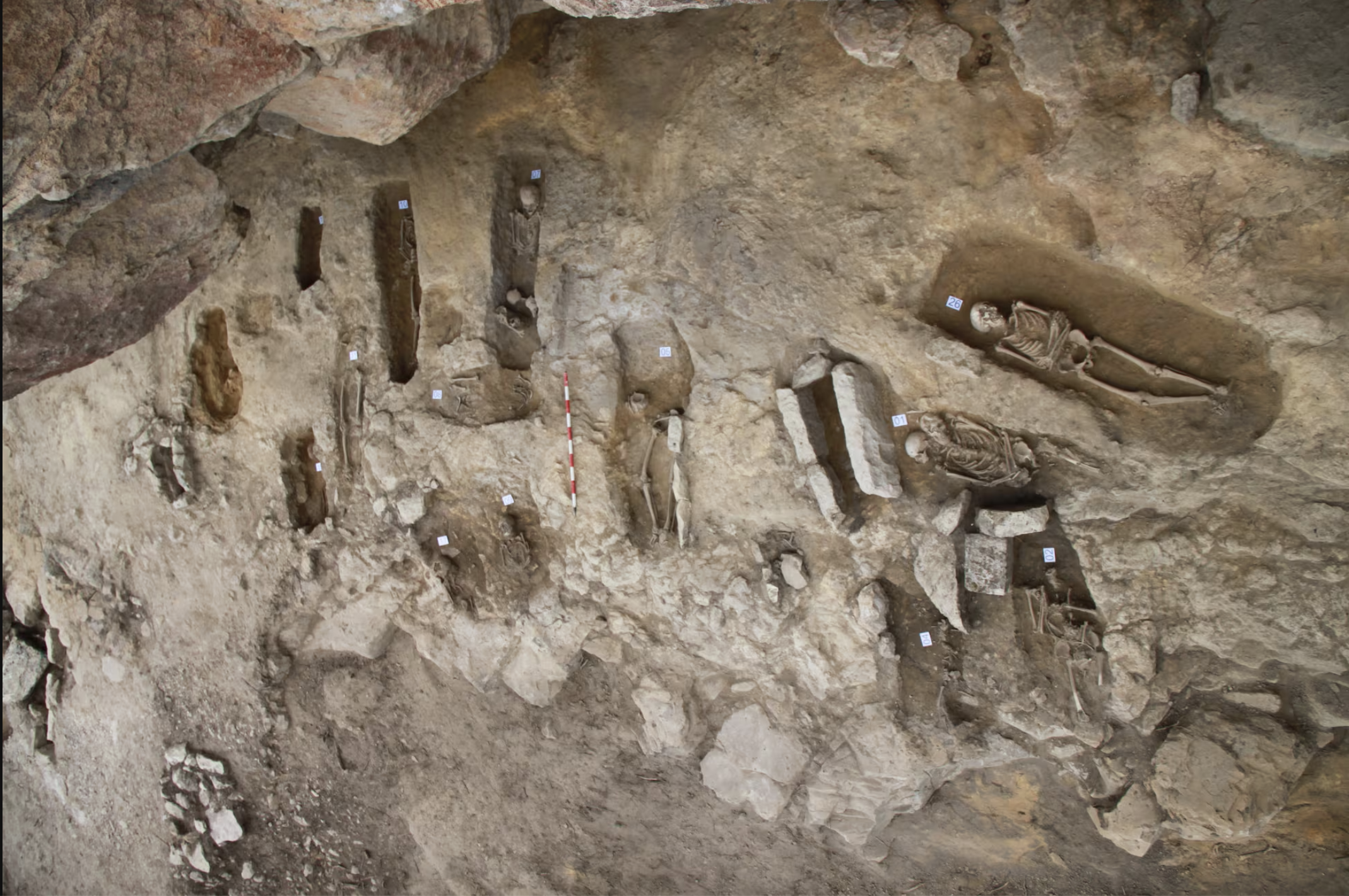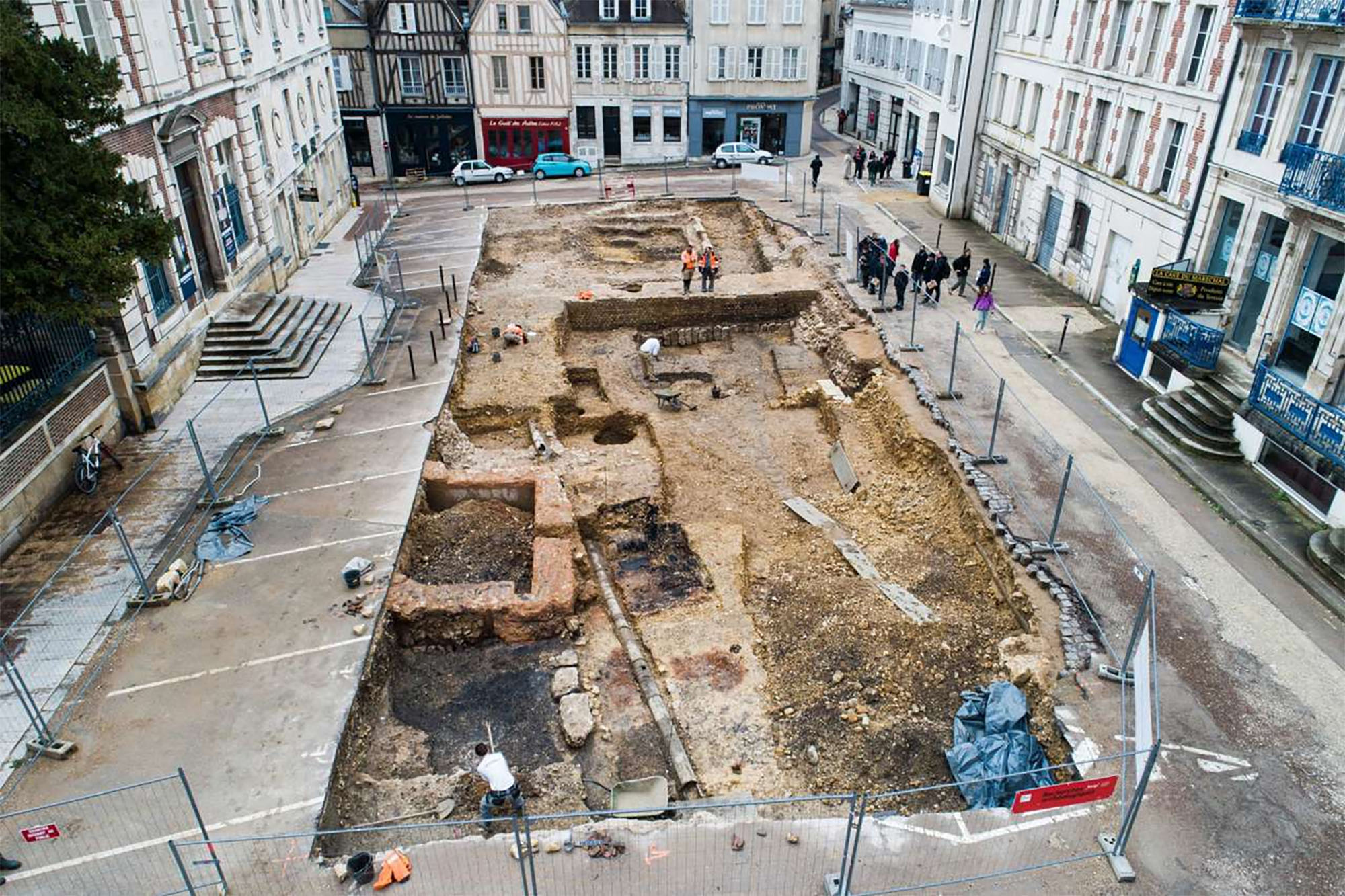Archaeological remains found in the works of the TAV in Tafalla
- The Government of Navarra has announced that the complex occupies an area of about 5,000 square metres. With the first inspections, they explained that they could be parts from the Second Iron Age. Archaeological works will begin shortly, but will not affect the deadlines set for the construction of the TAV.

Archaeological remains have been found in the works of the TAV that are being carried out in the area of La Gariposa in Tafalla. Near the center, east, there are the remains of a Roman villa framed in the Archaeological Inventory of Navarra. It is believed that the parts intervened this week are older, coming from the Second Iron Age.
As the Government of Navarre reported this Tuesday, the finding has taken place in the prospecting and drainage of the train. The data are based on surface pickling and not on stratigraphic studies, so “the information obtained is partial, since the total length of the finding, the structure size and the chronology have not been verified”.
The finding occupies an area of about 5,000 square meters, although after a preliminary assessment it has been determined that there could be a second enclosure or more tracks, as explained by the organizers. The Directorate-General for Culture will study “with precision and without a doubt” the full extent and characteristics and quality of the remains. Collaborate with the technical staff of the Registration, Movable Property and Archaeology Section.
Provisional measures
Until the investigation begins, the Government of Navarra will agree to fence the area and prohibit access to the area to prevent expolies and other damage to the parts. However, the studies will not "significantly" affect the deadlines for the works of the TAV: on the one hand, the archaeological works will be executed in the short term; on the other hand, ADIF notes that they do not plan to execute the works of the train in this area.
Delay in the work of the TAV
Despite the fact that the findings made this week will not lead to delays, the train’s works have been underway for 15 years and 58% of the investment still needs to be executed. In Navarre, the situation is more serious: The AHT Gelditu platform has denounced that ten years later, 96% of the total investment is missing in order to be able to start the railway in Euskal Herria. In addition, the platform has also denounced that the Government of Navarra is going to allocate public funds to this financing, the aid it receives from Europe to cope with the situation after the pandemic.

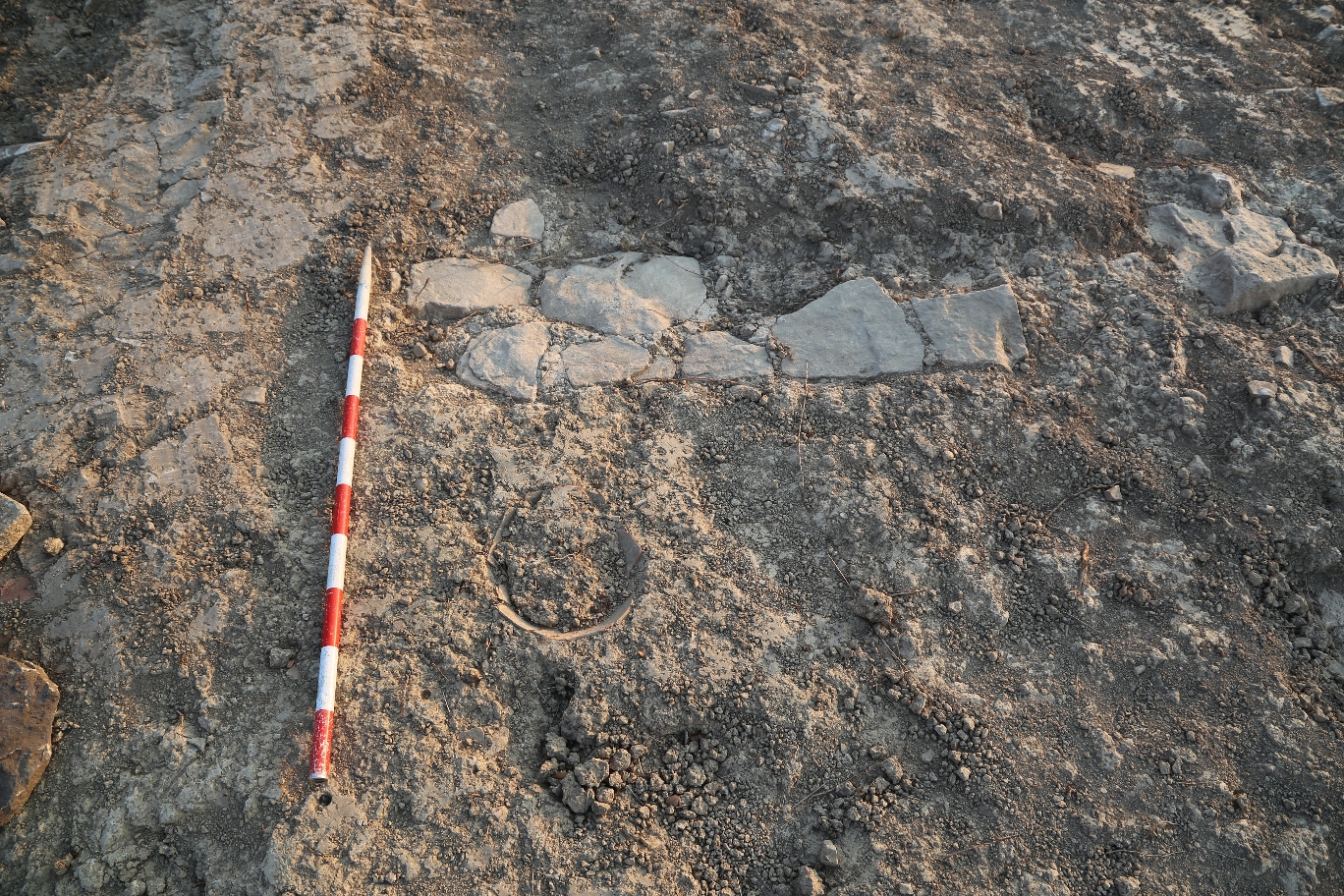

Aranzadi Zientzia Elkarteko Etnografia Sailaren zuzendari berria da Maite Errarte Zurutuza (Beasain, 1995), urrian Fermin Leizaolaren lekukoa hartu ondoren. Kultura materiala aztertzen jarraitzeko beharra azpimarratu du, gizartearen memoria eta bizimodu aldaketak erregistratzeko... [+]
Atapuercako aztarnategian hominido zahar baten aurpegi-hezur zatiak aurkitu dituzte. Homo affinis erectus bezala sailkatu dute giza-espezieen artean, eta gure arbasoek Afrikatik kanpora egindako lehen migrazioei buruzko teoriak irauli ditzake, adituen arabera.
Martxoaren 30erako Iruña-Veleia martxan, SOS Iruña-Veleia eta Euskeraren jatorria elkarteek manifestaziora deitu dute, Aski da! Argitu, ez suntsitu lelopean. Azken bi urteetan "hondeatzaileak sistematikoki eremu arkeologiko oso aberatsak suntsitzeko modu... [+]
Ethiopia, 24 November 1974. Lucy's skeleton was found in Hadar, one of the oldest traces of human ancestors. The Australian hominid of Australopithecus afarensis is between 3.2 and 3.5 million years old.
So they considered it the ancestor of species, the mother of all of us. In... [+]
While working at a site in the Roman era of Normandy, several archaeology students have recently made a curious discovery: inside a clay pot they found a small glass jar, of which women used to bring perfume in the 19th century.
And inside the jar was a little papelite with a... [+]
A team of researchers led by the Japanese archaeologist Masato Sakai of the University of Yamagata has discovered numerous geoglyphs in the Nazca Desert (Peru). In total, 303 geoglyphs have been found, almost twice as many geoglyphs as previously known. To do so, researchers... [+]
Treviño, 6th century. A group of hermits began living in the caves of Las Gobas and excavated new caves in the gorge of the Laño River, occupied since prehistory. In the next century, the community began to use one of the caves as a necropolis. In the 9th century they left the... [+]
On August 1, a dozen people from the family were in Aranguren. Two young people from Aranzadi made firsthand the excavations and works being carried out in Irulegi. This visit is highly recommended, as it reflects the dimension of the work they are doing.
Halfway, at the first... [+]
In the desert of Coahuila (Mexico), in the dunes of Bilbao, remains of a human skeleton have been found. After being studied by archaeologists, they conclude that they are between 95 and 1250 years old and that they are related to the culture of Candelaria.
The finding has been... [+]
The Roman city of Santakriz is an impressive archaeological site located in Eslava, near Sangüesa. Apparently, there was a fortified people of the Iron Age, and then the Romans settled in the same place. Juan Castrillo, himself a priest of Eslava, gave the site for the first... [+]
This winter the archaeologists of the INRAP (National Institute of Preventive Archaeological Research) have found a special necropolis in the historic centre of Auxerre (French State), a Roman cemetery for newborn babies or stillbirths. - Oh, good! The necropolis used between... [+]








